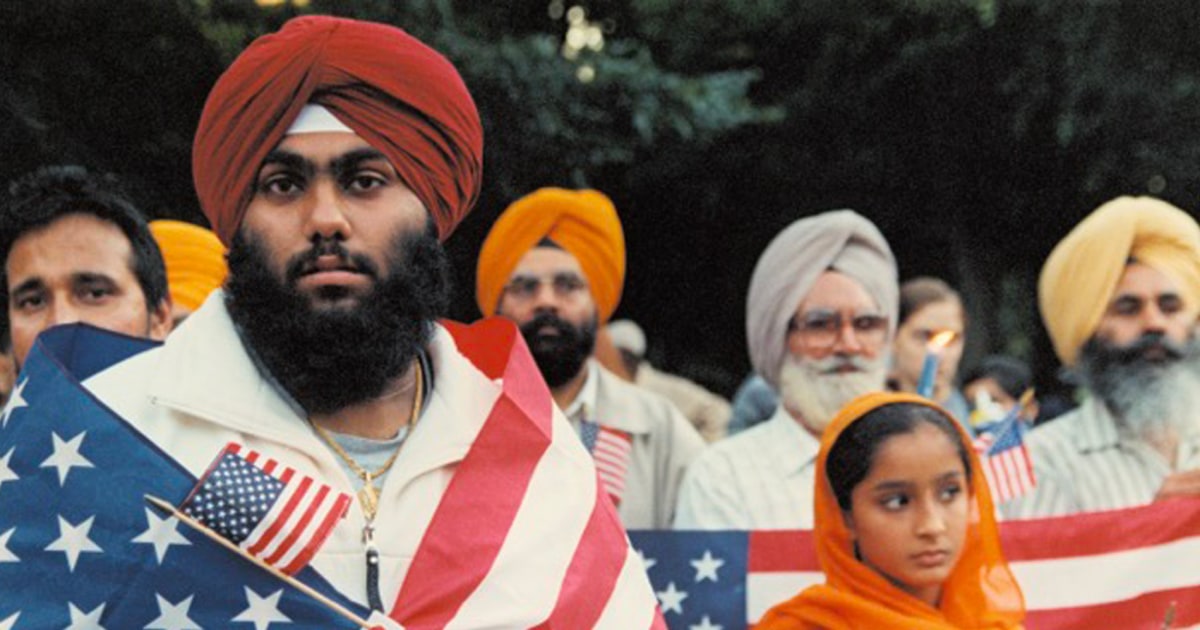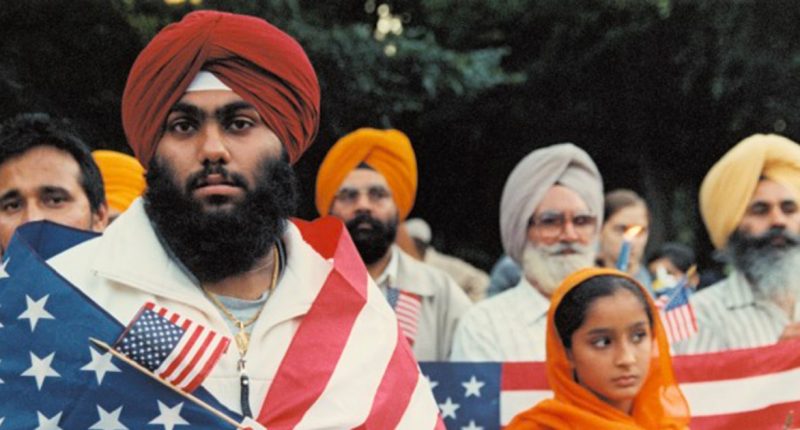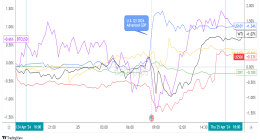
Throughout the book, essays like Bald’s — by prominent Asian American artists, writers, and community advocates — provide historical context for the seminal, albeit seldom discussed, moments of Asian American history that Lee was so driven to memorialize. Ai Weiwei, Hua Hsu and Helen Zia are among those who pay tribute to Lee and his contributions to Asian American communities, from behind his camera and beyond. Many contributors knew Lee personally and considered him a friend.
“Corky was a legendary storyteller,” writes Ngai, in the book’s biographical segment. “Every photograph contained a mini-lesson in Asian American history and community life that he was eager to share.”
One of those lessons takes place in April 1975, when Peter Yew, a witness to a traffic dispute, protested the police treatment of a bystander. Yew himself was then arrested and beaten by cops at Manhattan Chinatown’s Fifth Precinct. One month later, upward of 20,000 protesters, hailing across generations and ethnic lines, marched in solidarity with him. Lee documented the march and the violent police confrontations that took place during it.
Source: | This article originally belongs to Nbcnews.com









